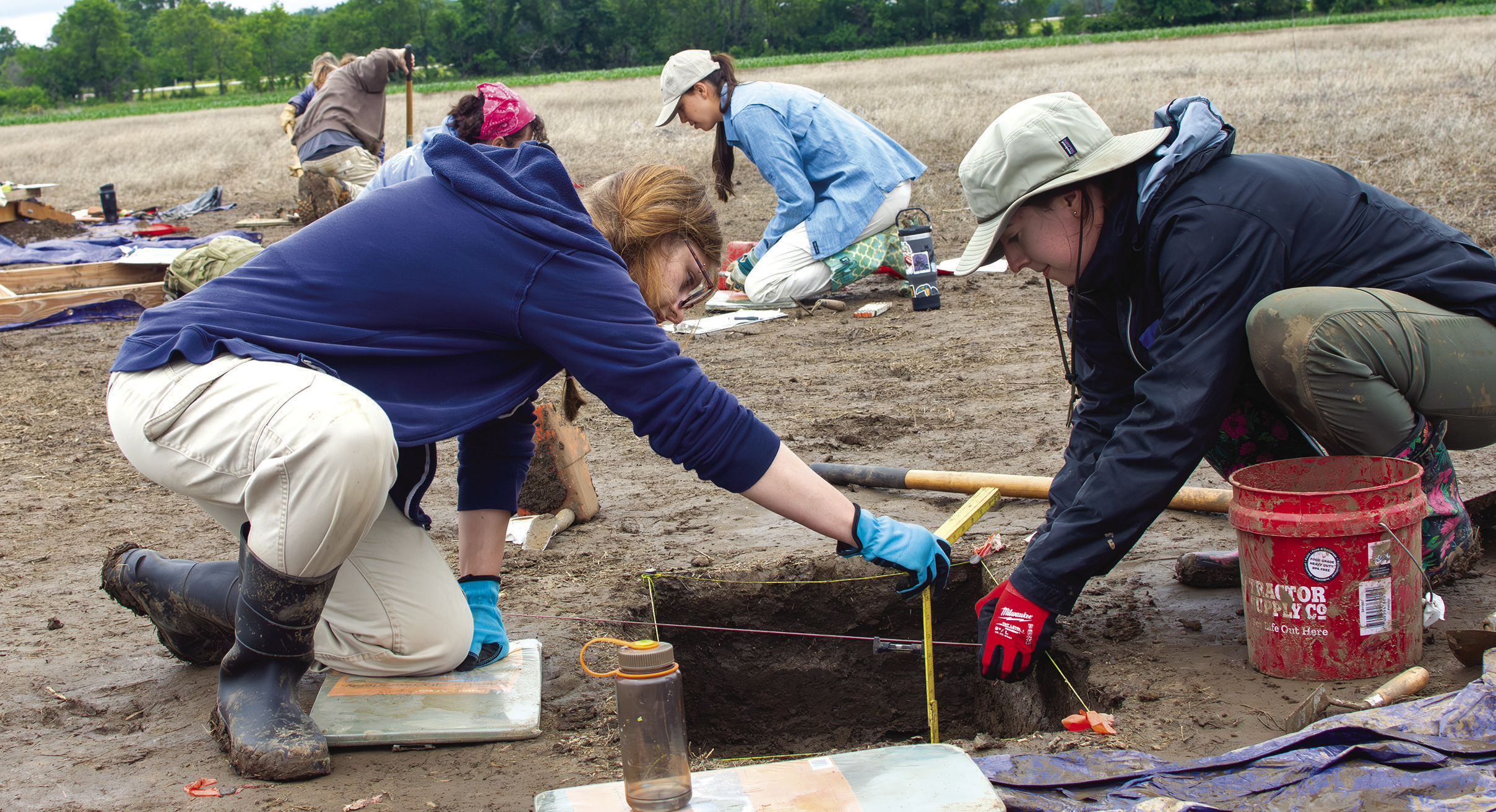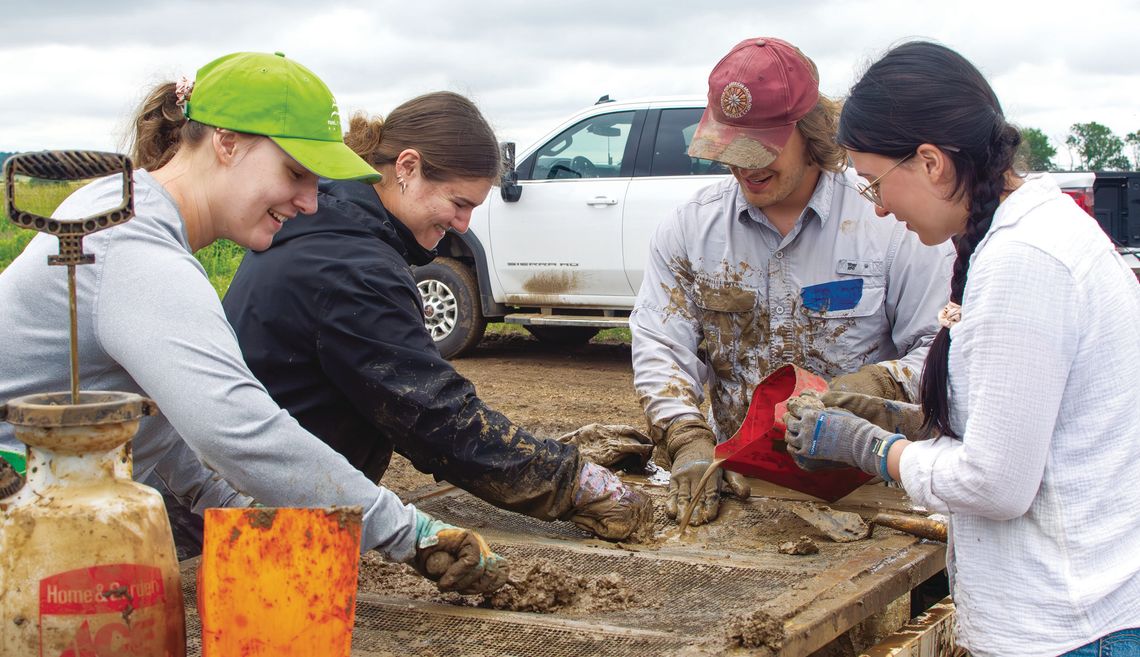Excavation and study continued this spring at the former homestead occupied by the Bender family in northwest Labette County.
The Bender family ran a grocery store in the early 1870s on the Osage Mission Trail. The Benders robbed, murdered and buried from eight to 11 people in or near a young orchard near their home.
They left in the spring of 1873 after Dr. William York went missing while en route to Fort Scott. York was an Independence physician, and his brother was a connected politician who organized a posse to search for his sibling. Dr. York’s body was among those recovered on the Bender property in early May 1873.
Bob Miller of Independence bought at auction the acreage that the Benders once occupied. He heard the Bender story years ago and remained interested. By inviting the University of Kansas and others to the site, he hopes modern equipment and tried and true archeological methods can fill in gaps in the Bender story.
Work began on the site in 2023 using scanning tools and a pedestrian survey (marking and collecting items found on the surface).
Excavation started in 2024 and continued this year.
Dr. Lauren Norman, assistant professor in the Department of Anthropology at the University of Kansas, led the work crew in May. The work finished last week.
She said 19 students and seven supervisors were digging below the plow zone in various spots and another group was washing the heavy clay soil on a screen to find artifacts hiding in the mud. Another crew was using GPS to mark the location of artifacts on the ground.
See BENDER, Page 4.

Norman said the students are finding items every year.
“We opened up new units from last year,” she said. She said the rain has been challenging, as well as the clay soil. The students were digging onemeter- square holes or smaller to get below the plow zone, which is about 40 centimeters under the surface.
They’ve found coal and burned material, brick, ceramics and a few pieces of metal so far. They are also looking for anomalies in the earth that could indicate that a cellar, grave, fence post or some other structure was there before.
Norman said the material will be analyzed at her lab at KU and further detailed analysis will take place in Florida. Last year, a descendant of one of the Benders’ neighbors visited the site and he works at a nuclear lab in Florida, where the Bender analysis will be done.
Anna Duntz, a KU graduate, and Kate Becker, a KU history graduate from a couple of years ago, were digging in one of the pits last week.
The two were enjoying the work. Becker said most of her research for history took place in archives.
“Here you let the ground tell its own story,” Becker said.




